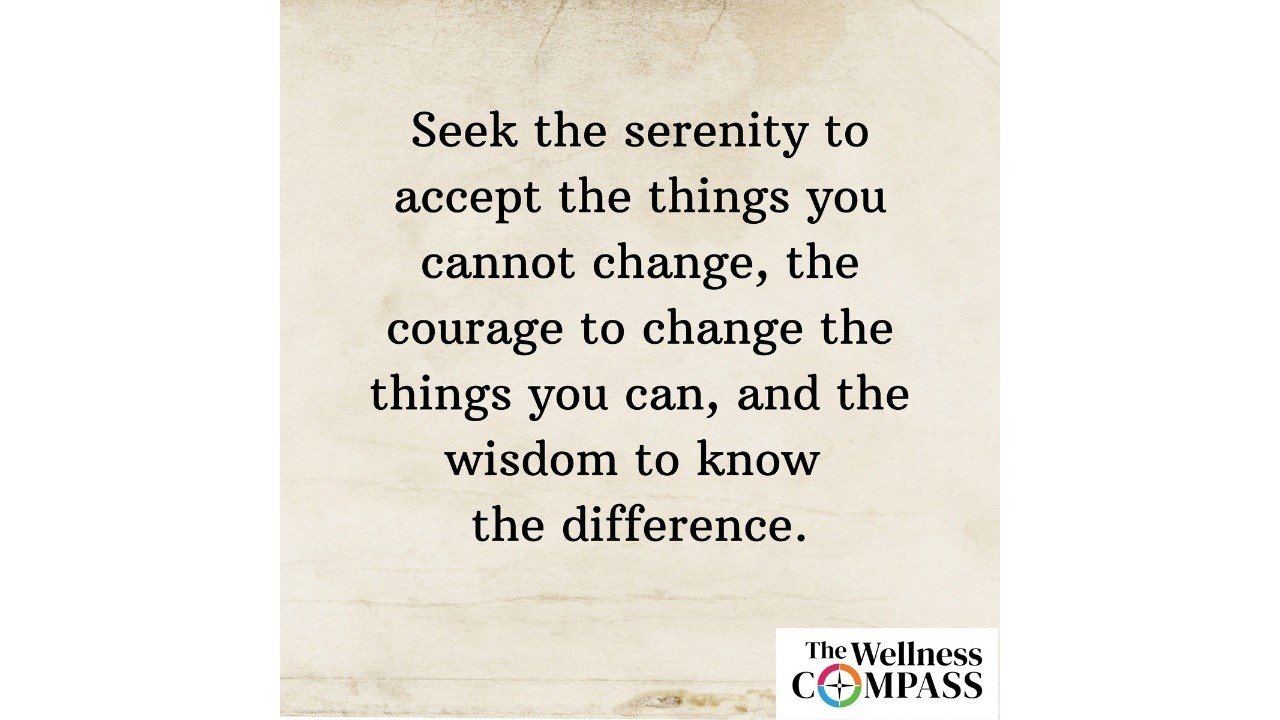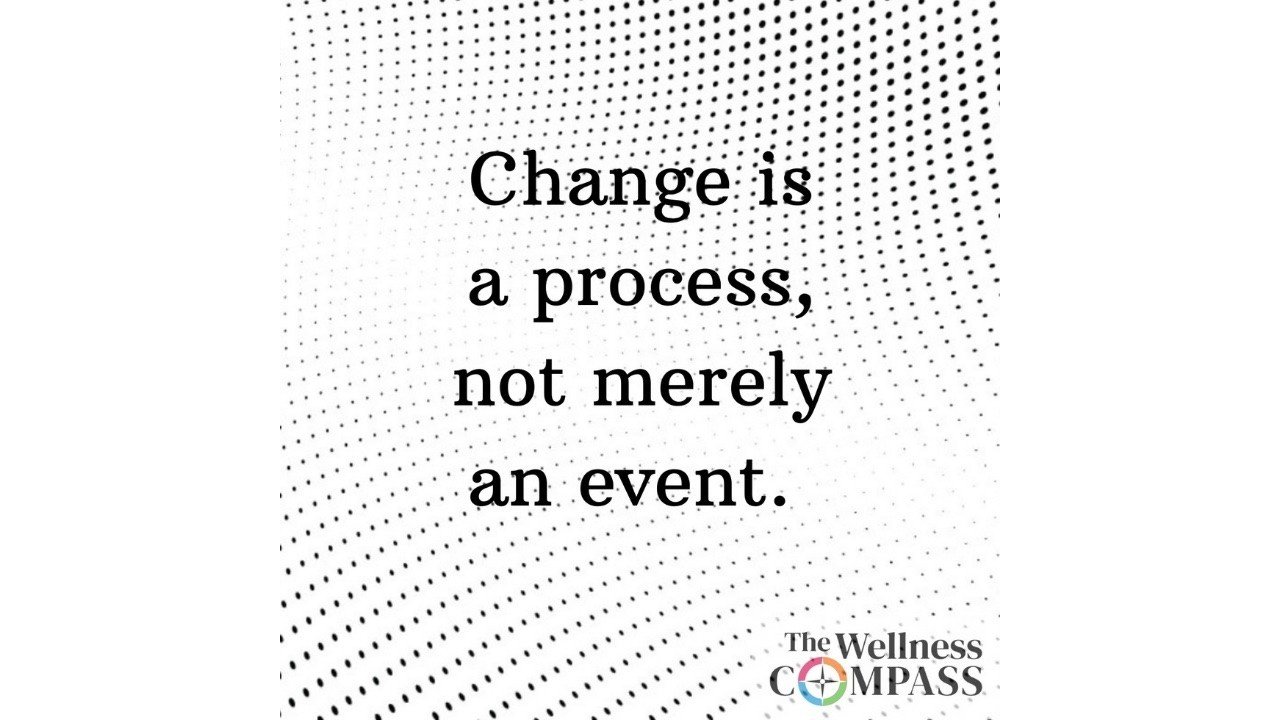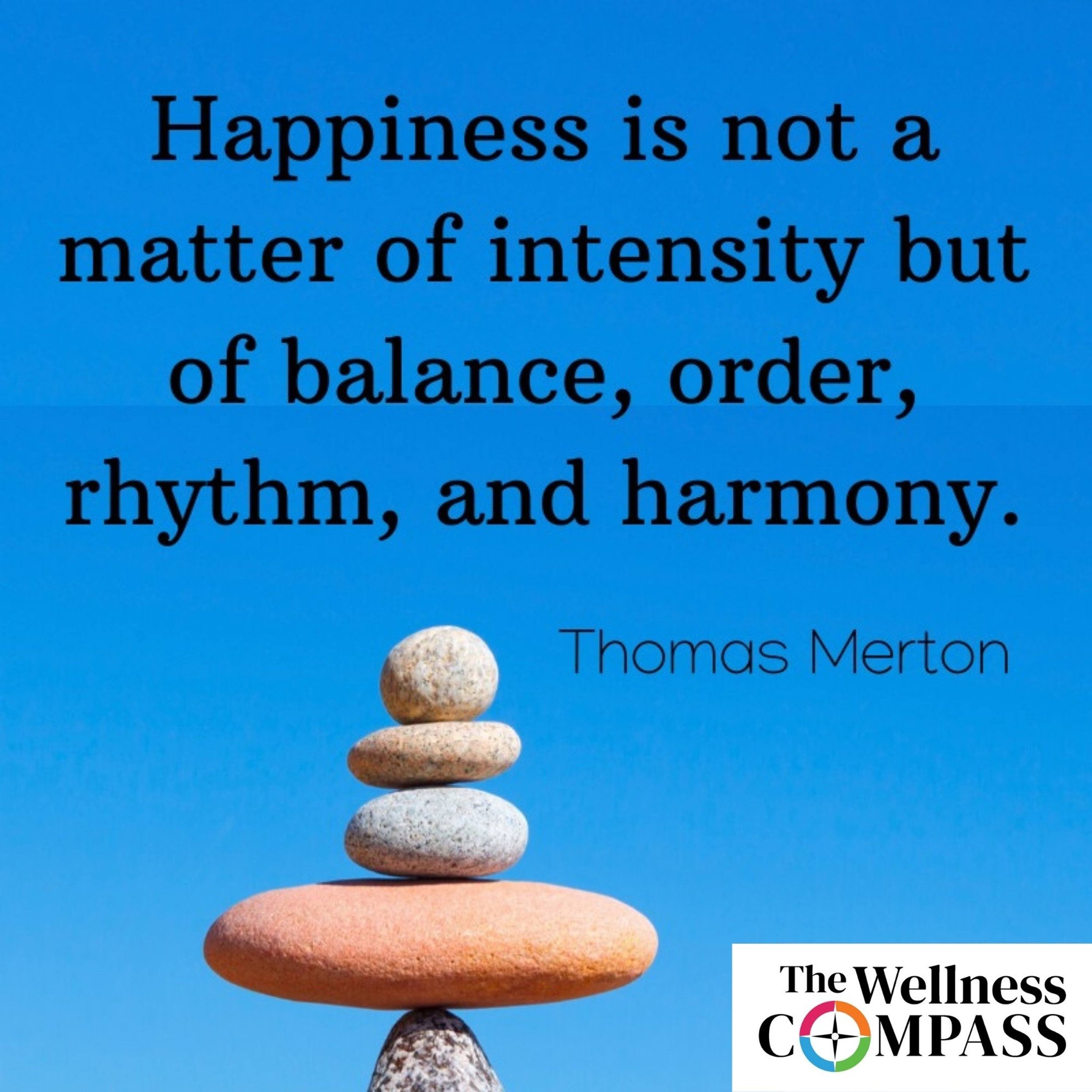Stages of Change (Part 3 in Our 6-Part Series on Growth and Change)
Have you ever been unsuccessful in an attempt to create some kind of change in your life? Have you ever been frustrated in your attempt to lead a group of people through a process of change? If you are like us, you can think of many times when your answer to these questions would be, “Of course!”
If you, too, have been disappointed in your ability to create or lead change, you may be interested in learning that a theory of change known as the “Stages of Change Model” could explain why it was such a challenge. This helpful model is based on the foundational truth that change doesn’t just happen because we want it to; it happens instead when we remember that it is a process and not simply an event.
We typically think of change as an action, such as “Last year I changed my diet,” “I retired recently,” or “I moved to a new city.” While change does include doing something different, the wisdom of the Stages of Change Model is that before there is action, there are preliminary steps everyone takes before they actually take the action we think of as change.
Here, in summary, are descriptions of the five stages of change we all go through regularly, regarding both big and small things. At the end of each description, we provide an example of that stage as it applies to a hypothetical person wanting to begin a walking program. While reading, think about some change you have either recently made, or are in the midst of making right now. Please also refer to the graphic at the top of this column.
Pre-contemplation. This means that the person has not, or is not even considering making a change. They may have not yet considered the prospect, seen a need for change, or may even have decided against the idea altogether. At this stage, they are not likely to respond positively to suggestions to change.
Example: “I’ve never been a person who has exercised, and I have no desire to start now.”
Contemplation. This is where a person first senses that there is something they want to change and that they would benefit from doing things differently. At this stage, a person has some initial awareness or hears some whisper for a need or desire to change or grow.
Example: “I’ve never exercised, but as I get older, I’m starting to think I could benefit from being more active. I might even want to walk a 5K someday.”
Preparation. Here the focus begins to change from the need or problem the person wants to address to considering possible solutions. People at this stage begin to gather information about what could help support their desire to live differently, and will start seeking the resources they will need to help support their efforts.
Example: “I’m going to talk to my friend who walks in 5K fundraisers, and find out when the next one is, and how best to prepare for it, and then buy some walking shoes.”
Action. Here people have begun to take concrete steps to make the change a reality. The actions taken are focused and support the changes they envision for themselves. (This is what most people think of as change, not realizing that real change is actually a long, thoughtful process.)
Example: “I bought some walking shoes over the weekend, and this week I walked before work three different mornings..”
Maintenance. Having maintained the desired change and growth for an extended period of time (somewhere in the range of three to six months), there is good evidence that the change will be a lasting one. The new way of doing things has become a new habit, something that doesn’t require a great deal of conscious thought and energy.
Example: “I can’t believe how much more energy I have now that I walk so often, and I’m so proud of myself since I have completed my first two 5K walks.”
Many of us made New Years Resolutions a few weeks ago, and some of us have even given up on them already. A primary reason that change plans, like resolutions, fail is that we move too quickly to Action. In order for our plans to be successful, we have to honor the fact that before we attempt a change, we need to allow enough time to think through all its aspects and ramifications, and prepare for it adequately. Taking time for the Contemplation and Preparation stages allows for a greater chance of success. In fact, a significant change might require six months, a year, or longer to work thoughtfully through the first two stages, before we are ready to take Action.
As life is full of constant decisions and possibilities for change, it is helpful to understand all that is involved in making a significant change, and give ourselves the time to acknowledge and honor the entire process we are always going through. We hope this brief introduction to the Stages of Change Theory is helpful as you think about the changes you are in the midst of, or are considering making in the future.
Please listen to this week’s episode of our Wellness Compass podcast for a more in-depth discussion of The Stages of Change, and how it can help you be kind to yourself during the inevitable changes in your life. You can find it HERE or by following the links below.
Making It Personal:
What do you think of the idea that change is a process, not an event?
Have you ever moved too quickly to the Action stage of change without giving adequate time to Contemplation and Preparation? What happened?
How does the Stages of Change Theory help you understand a change that you are in the process of considering right now?




















